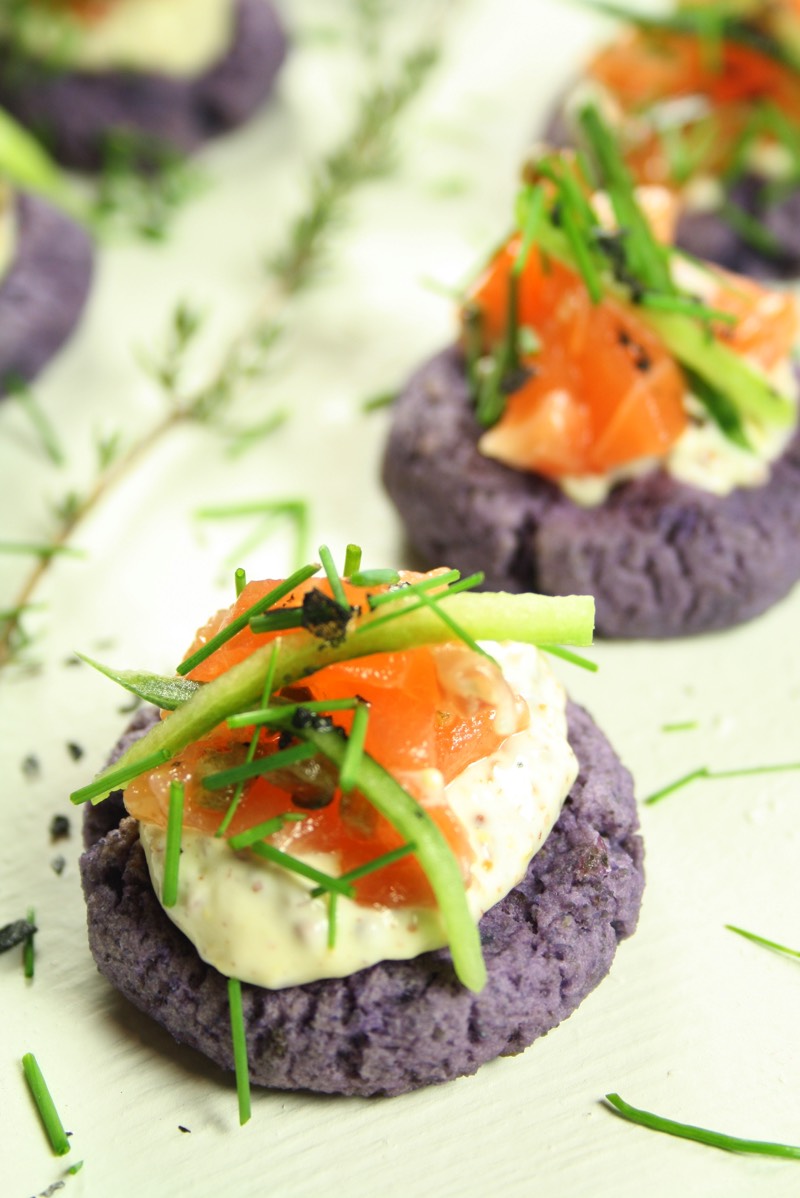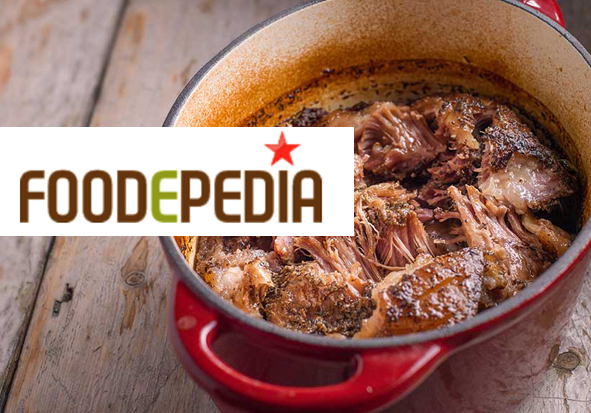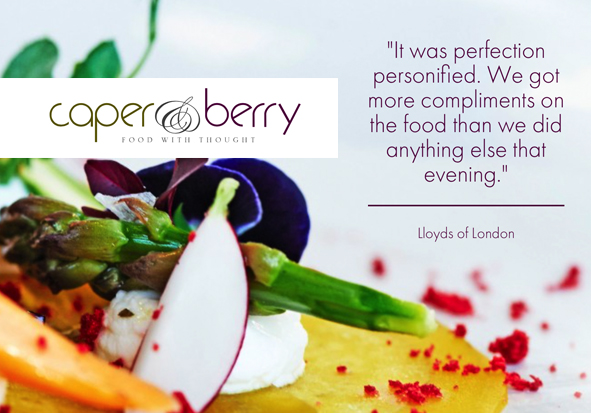ARTISAN FOOD
Surrey’s Premier Lifestyle Magazine
Handpicked winery
On arrival at Pewley Down Vineyard, I felt I’d travelled to a parallel universe. A gorgeous blue sky, autumn sunshine and the high slope behind the farmhouse resplendent with leafy vines made the setting memorable.
It’s rare to find a winery so close to town. Pewley Down Vineyard is another addition to the growing band of English wine makers creating serious wines that compete well on the European circuit. I was excited to meet this very local winemaker and record his tale.
Mark Hargreaves and his wife bought their property over twenty years ago. Both lawyers with an interest in wine, which at that stage was satisfied by wine tastings, researching wine regions and understanding how wine is made, they loved the potential their new home had with an acre of land nestled on the edge of Pewley Down.

Whilst the house and garden are on a level area, it’s a slope behind the house which rises up to the Down on which their vineyard is located. In 2006, Mark decided to plant his own vines.
He employed the help of wine consultant Hans Schleifer who advised on layout and varietals to plant. Mark chose Schönberger, Rondo, Bacchus and Pinot Noir grapes, which are planted in equal numbers on the plot.
Each vine was planted by hand and should give 25 years of useful crops: they tend to tire after this point and produce smaller yields. Although grown on a hill, vines luckily don’t mind angles and this plus the chalk and flint under the soil is perfect for storing water. The vines bury their roots at a perfect depth meaning that even in the hot summer this year they did not need watering. The flint and chalk also provide minerals giving the grapes a taste unique to their location. The vineyard benefits the vines from its uninterrupted exposure to sunshine enhanced by the gentle south-facing slope.
Abundant wildlife includes wild bees, wasps, butterflies, deer, foxes, badgers, squirrels plus an assortment of seasonal birds. Mark loves this aspect of his land and really enjoys the peaceful hours he spends pruning each January and into February. Most of the year the wildlife is a happy partner to the vines, but near to harvest time they can damage the fruit. To alleviate this in a natural way, the zone of the vines is gently wrapped in fleece to protect the grapes against any unwelcome predators.
For the first few years after the vines were planted, Mark made his own wine at home for family and friends. Spending less time at his law firm gave him more energy to focus on his vineyard and in 2013 he engaged the Bolney Wine Estate to help him produce his first commercial wine. This was a sparkling rosé which was first made available locally in 2016 and has sold out. With larger production rates, Mark is now able to offer his wine to more retailers.
He employed the help of wine consultant Hans Schleifer who advised on layout and varietals to plant. Mark chose Schönberger, Rondo, Bacchus and Pinot Noir grapes, which are planted in equal numbers on the plot.
Each vine was planted by hand and should give 25 years of useful crops: they tend to tire after this point and produce smaller yields. Although grown on a hill, vines luckily don’t mind angles and this plus the chalk and flint under the soil is perfect for storing water. The vines bury their roots at a perfect depth meaning that even in the hot summer this year they did not need watering. The flint and chalk also provide minerals giving the grapes a taste unique to their location. The vineyard benefits the vines from its uninterrupted exposure to sunshine enhanced by the gentle south-facing slope.
Abundant wildlife includes wild bees, wasps, butterflies, deer, foxes, badgers, squirrels plus an assortment of seasonal birds. Mark loves this aspect of his land and really enjoys the peaceful hours he spends pruning each January and into February. Most of the year the wildlife is a happy partner to the vines, but near to harvest time they can damage the fruit. To alleviate this in a natural way, the zone of the vines is gently wrapped in fleece to protect the grapes against any unwelcome predators.
For the first few years after the vines were planted, Mark made his own wine at home for family and friends. Spending less time at his law firm gave him more energy to focus on his vineyard and in 2013 he engaged the Bolney Wine Estate to help him produce his first commercial wine. This was a sparkling rosé which was first made available locally in 2016 and has sold out. With larger production rates, Mark is now able to offer his wine to more retailers.

The wine and sustainability are “our passion” Mark emphasised to me and because of the size of the vineyard he is able to manage the vines himself to his own high standard. He has two old tractors for transporting cuttings and grapes and everything else is done by hand. The wine is the priority and the harvest is timed each year to carefully capture the day when perfect balance of natural acidity and sugar levels in the grapes has developed.
Mark describes himself as a “single vineyard” producer as he does not buy in or sell grapes to other producers. Pewley Down wines are made exclusively from grapes grown by this producer too, giving freedom to use the term ‘vintage’ on the label. Currently, Mark has two wines on offer which are made in rotation.
Mark has worked with two local wineries, the Bolney Wine Estate in Sussex and, more recently, Denbies Wine Estate in Dorking. Immediately post-harvest, grapes are taken to the chosen professional winery where they produce either sparkling or still rosé. Mark describes his vintage English sparkling wine as having a: “Persistent mousse of fine bubbles and complex fruit flavours.” The sparkling is dry, fruity with a slightly acidic finish and I loved it. The rosé is dry and light with a plum-like tickle on the palate. Mark recommends this as: “Excellent as an aperitif that goes well with lobster and other meatier kinds of fish.”
This summer, the harvest was the largest recorded at three and a half tonnes, plus the warm weather meant it took place earlier. Surprisingly, Pewley Down also achieved a high juice extraction rate, which after a long hot summer could have suggested otherwise! The first wine from this harvest will be launched in 2019.
A large harvest means the vines will need a less hectic year going forward. To manage this, Mark has planned to prune the plants to leave a lower amount of buds, reducing the number of grapes forming. A good way, he says, to give the plant a chance to recover from a vigorous season.
To try the wine from this small vineyard, visit the Pewley Down website for a list of stockists. Or to sample, it’s available by the glass from Inn at Home in Guildford’s Quarry Street.
Mark describes himself as a “single vineyard” producer as he does not buy in or sell grapes to other producers. Pewley Down wines are made exclusively from grapes grown by this producer too, giving freedom to use the term ‘vintage’ on the label. Currently, Mark has two wines on offer which are made in rotation.
Mark has worked with two local wineries, the Bolney Wine Estate in Sussex and, more recently, Denbies Wine Estate in Dorking. Immediately post-harvest, grapes are taken to the chosen professional winery where they produce either sparkling or still rosé. Mark describes his vintage English sparkling wine as having a: “Persistent mousse of fine bubbles and complex fruit flavours.” The sparkling is dry, fruity with a slightly acidic finish and I loved it. The rosé is dry and light with a plum-like tickle on the palate. Mark recommends this as: “Excellent as an aperitif that goes well with lobster and other meatier kinds of fish.”
This summer, the harvest was the largest recorded at three and a half tonnes, plus the warm weather meant it took place earlier. Surprisingly, Pewley Down also achieved a high juice extraction rate, which after a long hot summer could have suggested otherwise! The first wine from this harvest will be launched in 2019.
A large harvest means the vines will need a less hectic year going forward. To manage this, Mark has planned to prune the plants to leave a lower amount of buds, reducing the number of grapes forming. A good way, he says, to give the plant a chance to recover from a vigorous season.
To try the wine from this small vineyard, visit the Pewley Down website for a list of stockists. Or to sample, it’s available by the glass from Inn at Home in Guildford’s Quarry Street.

Blue potato blinis topped with crème fraîche, smoked salmon and chives
When I serve a wine like Pewley Down for pre-dinner drinks, I always like to have something special to go with it. Crisps and other packaged snacks are banned in favour of something more complementary. I think that if you are going to serve a great wine, give it a suitably enticing partner. The base for the blinis can be made in advance and then just pan-fried quickly before assembling and serving. Perfect for the impending festive period too!
Ingredients
For the blinis
500g blue potatoes (use regular or orange sweet potatoes if these are not available), cooked and roughly mashed
One large free-range egg
25g cornmeal or instant polenta (plain flour can also be used here) plus extra for shaping
Sea salt and freshly ground black pepper
Two green salad onions, finely chopped (optional)
One to two dessertspoons of oil for frying
For the topping
One 250g tub of crème fraîche
One pack of smoked salmon or gravadlax
One lemon, halved
Some finely chopped fresh chives
Method
• Mix the mashed potatoes and stir in the remaining ingredients. Cover and chill until required. This is better made in advance as the moisture in the potatoes will bind with the cornmeal and then they won’t fall apart when cooked.
• Use a teaspoon to portion up the blinis. Shape into small bite-size rounds by dipping them into cornmeal, rolling into a ball and pressing flat on a clean work surface or board. Chill until required.
• Heat half the oil in a large non-stick frying pan and add enough blinis to cover the pan. Cook for three to four minutes on each side until golden, then place on a plate with a sheet of paper towel to soak up any oil. Repeat until all are cooked. Two to three per person should be enough to serve with pre-dinner drinks.
• Place the blinis on a serving dish and spoon each with a small dollop of crème fraîche. Top each with a folded strip of salmon. Sprinkle with chives and a little squeeze of lemon and serve. I garnish mine with some very finely sliced cucumber and a sprinkle of black salt, or perhaps a grind of black pepper.
• Serve immediately.
Shirlee Posner, eatsurrey.co.uk
When I serve a wine like Pewley Down for pre-dinner drinks, I always like to have something special to go with it. Crisps and other packaged snacks are banned in favour of something more complementary. I think that if you are going to serve a great wine, give it a suitably enticing partner. The base for the blinis can be made in advance and then just pan-fried quickly before assembling and serving. Perfect for the impending festive period too!
Ingredients
For the blinis
500g blue potatoes (use regular or orange sweet potatoes if these are not available), cooked and roughly mashed
One large free-range egg
25g cornmeal or instant polenta (plain flour can also be used here) plus extra for shaping
Sea salt and freshly ground black pepper
Two green salad onions, finely chopped (optional)
One to two dessertspoons of oil for frying
For the topping
One 250g tub of crème fraîche
One pack of smoked salmon or gravadlax
One lemon, halved
Some finely chopped fresh chives
Method
• Mix the mashed potatoes and stir in the remaining ingredients. Cover and chill until required. This is better made in advance as the moisture in the potatoes will bind with the cornmeal and then they won’t fall apart when cooked.
• Use a teaspoon to portion up the blinis. Shape into small bite-size rounds by dipping them into cornmeal, rolling into a ball and pressing flat on a clean work surface or board. Chill until required.
• Heat half the oil in a large non-stick frying pan and add enough blinis to cover the pan. Cook for three to four minutes on each side until golden, then place on a plate with a sheet of paper towel to soak up any oil. Repeat until all are cooked. Two to three per person should be enough to serve with pre-dinner drinks.
• Place the blinis on a serving dish and spoon each with a small dollop of crème fraîche. Top each with a folded strip of salmon. Sprinkle with chives and a little squeeze of lemon and serve. I garnish mine with some very finely sliced cucumber and a sprinkle of black salt, or perhaps a grind of black pepper.
• Serve immediately.
Shirlee Posner, eatsurrey.co.uk
essence info
The Gin KitchenPunchbowl Lane, Dorking RH5 4DX
Website: www.gin.kitchen
Shirlee Posner is a food writer and blogger at www.eatsurrey.co.uk and provides social media management, web copywriting and food photography.



